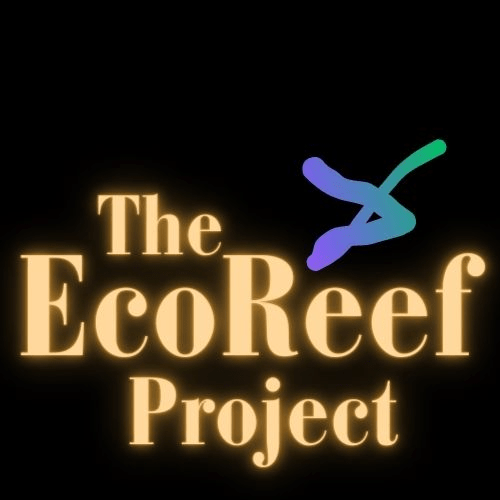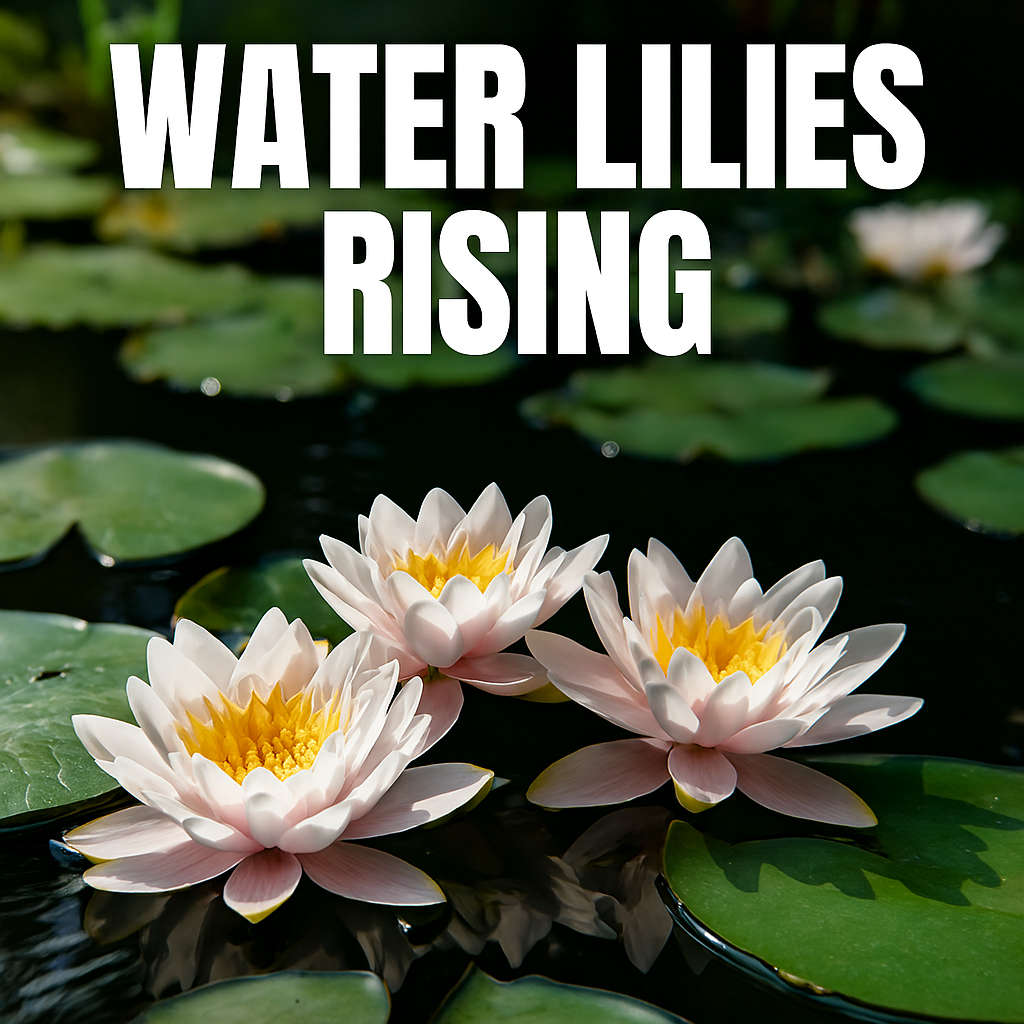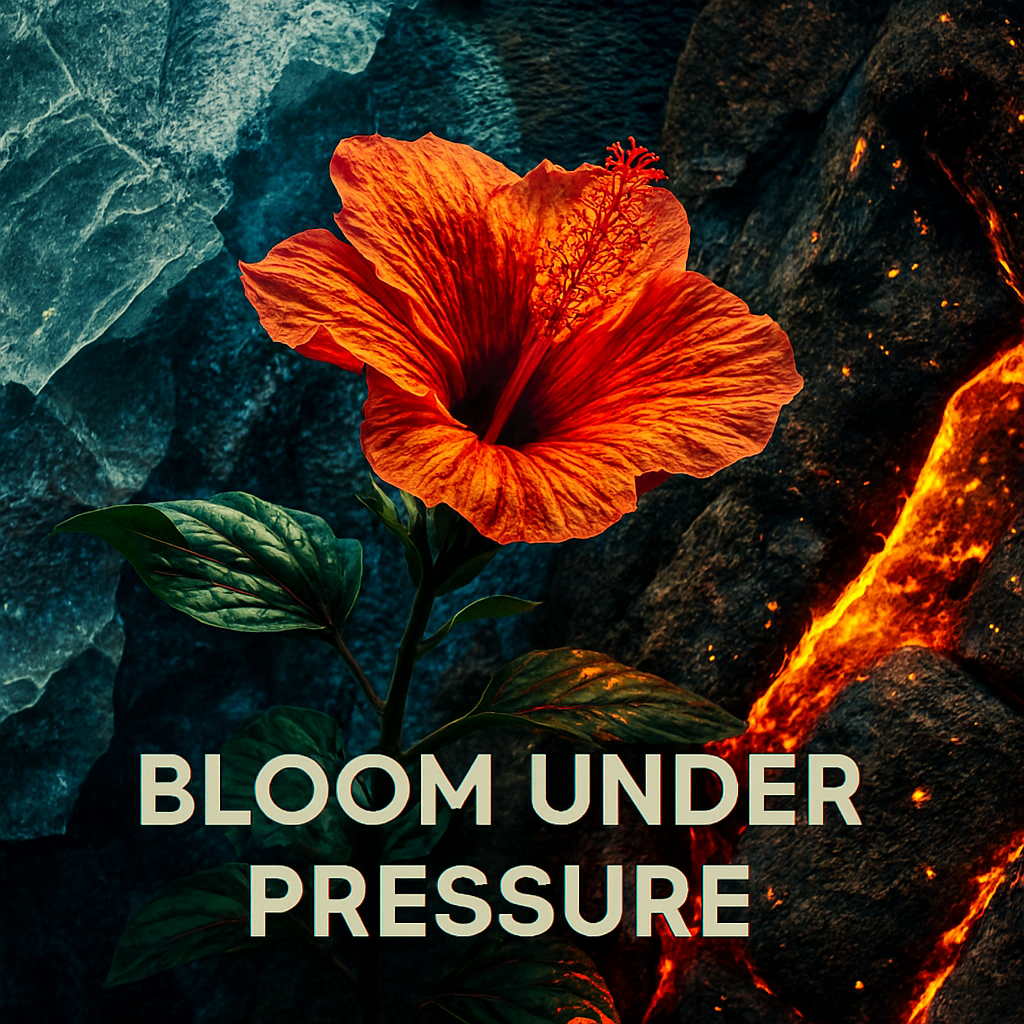EcoReefs And Rope-Based Moisture Distribution
Ropes Moisture Ecology
The EcoReef Project is testing ropes as conduits for moisture transfer. Ropes absorb water and redistribute it across modules. This ensures even hydration in freshwater restoration zones. Moisture distribution supports microbial colonization. It also stabilizes plant root zones. Rope fibers act as wicks, drawing water through capillary action. EcoReefs integrate ropes into porous surfaces. This enhances ecological balance during dry periods. Once ecosystems stabilize, ropes can be removed. EcoReefs continue functioning naturally. Redeployment allows ropes to support new projects. Most of the time, rope systems maintain moisture effectively.
| Rope Feature – Function – Outcome |
|---|
| Absorption – Capillary action – Even hydration |
| Distribution – Across modules – Balanced ecology |
| Integration – Porous surfaces – Enhanced resilience |
| Removal – Safe extraction – Redeployment possible |
| Legacy – Temporary scaffolding – Natural independence |

EcoReefs And Rope Moisture For Plant Growth
Ropes distribute moisture to aquatic plants in EcoReef zones. Water lilies and reeds benefit from consistent hydration. This prevents desiccation during seasonal droughts. Rope fibers stabilize root moisture levels. EcoReefs anchor ropes to sediment layers. This creates micro‑irrigation networks. Plants establish faster under balanced moisture. Once roots mature, ropes can be removed. EcoReefs continue supporting vegetation naturally. Redeployment ensures ropes serve new fragile habitats. Most of the time, rope systems optimize plant growth. Their adaptability strengthens ecological resilience.
- Distribute moisture evenly
- Support aquatic plants
- Prevent desiccation
- Stabilize root zones
- Anchor ropes in sediment
- Create micro‑irrigation networks
- Accelerate establishment
- Allow removal after maturity
- Redeploy to new habitats
- Optimize growth effectively
EcoReefs And Rope Moisture For Microbial Ecology
Ropes enhance microbial ecology by maintaining hydration. Moisture supports biofilm development on EcoReef surfaces. Microbes break down organic matter more efficiently. Ropes prevent desiccation of microbial colonies. EcoReefs integrate ropes into cavities for microbial growth. Balanced hydration stabilizes nutrient cycling. This supports oxygen regulation in freshwater zones. Once microbial ecosystems mature, ropes can be removed. EcoReefs continue microbial support naturally. Redeployment ensures ropes serve new microbial habitats. Most of the time, rope systems sustain microbial resilience. Their role is catalytic, not permanent.
| Microbial Role – Rope Function – Outcome |
|---|
| Biofilm growth – Hydration – Stable colonies |
| Organic breakdown – Moisture balance – Nutrient cycling |
| Oxygen regulation – Consistent hydration – Healthy waters |
| Removal – After maturity – Redeployment possible |
| Legacy – Temporary scaffolding – Independent resilience |
EcoReefs And Rope Moisture For Sediment Stability
Ropes distribute moisture across sediment layers. This prevents cracking and desiccation in dry periods. EcoReefs anchor ropes to stabilize banks. Moisture retention supports vegetation root anchoring. Ropes reduce erosion by keeping soils cohesive. EcoReefs integrate ropes into porous structures. Balanced hydration strengthens geomorphological resilience. Once sediment stabilizes, ropes can be removed. EcoReefs continue sediment control naturally. Redeployment ensures ropes serve new erosion‑prone zones. Most of the time, rope systems maintain sediment balance. Their adaptability ensures long‑term stability.
- Distribute moisture in sediment
- Prevent cracking
- Stabilize banks
- Support root anchoring
- Reduce erosion
- Integrate into porous structures
- Strengthen resilience
- Allow removal after stabilization
- Redeploy to new zones
- Maintain balance effectively
EcoReefs And Rope Moisture For Amphibian Habitat
Ropes maintain hydration in amphibian breeding zones. Moisture supports egg clusters on lily pads. EcoReefs integrate ropes to stabilize shallow pools. This prevents desiccation during dry spells. Amphibians rely on consistent water levels for survival. Ropes wick moisture into microhabitats. EcoReefs enhance breeding success through balanced hydration. Once populations stabilize, ropes can be removed. Water lilies continue supporting amphibians naturally. Redeployment ensures ropes serve new breeding corridors. Most of the time, rope systems sustain amphibian resilience. Their adaptability strengthens biodiversity.
| Amphibian Stage – Rope Role – Outcome |
|---|
| Eggs – Hydration – Survival |
| Larvae – Moisture balance – Growth |
| Juveniles – Pool stability – Transition |
| Adults – Breeding support – Population resilience |
| Legacy – Temporary scaffolding – Independent habitats |
EcoReefs And Rope Moisture For Pollinator Corridors
Water lilies attract pollinators, and ropes stabilize their hydration. Moisture ensures consistent flowering cycles. EcoReefs integrate ropes to balance water supply. This supports nectar production and pollinator diversity. Ropes prevent desiccation of lily buds. EcoReefs enhance pollinator corridors through balanced ecology. Once cycles stabilize, ropes can be removed. Water lilies continue supporting pollinators naturally. Redeployment ensures ropes serve new pollinator zones. Most of the time, rope systems sustain pollinator resilience. Their adaptability bridges aquatic and terrestrial systems.
- Stabilize hydration for flowers
- Support nectar production
- Enhance pollinator diversity
- Prevent bud desiccation
- Balance water supply
- Strengthen ecological corridors
- Allow removal after stabilization
- Redeploy to new zones
- Sustain resilience effectively
- Bridge aquatic and terrestrial systems
EcoReefs And Rope Moisture For Algae Control
Ropes distribute moisture to balance nutrient levels. EcoReefs integrate ropes to reduce algal bloom risk. Moisture stabilizes microbial nutrient cycling. Water lilies shade the surface, limiting algae growth. Ropes prevent nutrient hotspots from desiccation. EcoReefs enhance water clarity through balanced hydration. Once algae levels stabilize, ropes can be removed. Water lilies continue suppression naturally. Redeployment ensures ropes serve new bloom‑prone zones. Most of the time, rope systems regulate algae effectively. Their adaptability ensures water quality resilience.
| Algae Factor – Rope Function – Outcome |
|---|
| Nutrient balance – Moisture distribution – Reduced blooms |
| Microbial cycling – Hydration – Stable chemistry |
| Surface shading – Lily pads – Bloom suppression |
| Removal – After stabilization – Redeployment possible |
| Legacy – Temporary scaffolding – Independent clarity |
EcoReefs And Rope Moisture For Riparian Zones
Ropes stabilize moisture in riparian edges. EcoReefs anchor ropes to prevent desiccation. Moisture supports shrubs and grasses along banks. Ropes wick water into root zones. EcoReefs reduce erosion through balanced hydration. This strengthens riparian resilience during seasonal droughts. Once vegetation stabilizes, ropes can be removed. EcoReefs continue supporting banks naturally. Redeployment ensures ropes serve new riparian zones. Most of the time, rope systems maintain edge stability. Their adaptability ensures long‑term resilience.
- Stabilize moisture in edges
- Prevent desiccation
- Support shrubs and grasses
- Wick water into roots
- Reduce erosion
- Strengthen resilience
- Allow removal after stabilization
- Redeploy to new zones
- Maintain stability effectively
- Ensure long‑term resilience
EcoReefs And Rope Moisture For Wetland Recovery
Ropes distribute moisture across wetland soils. EcoReefs integrate ropes to buffer seasonal drying. Moisture supports marsh grasses and aquatic shrubs. Ropes prevent cracking in peat layers. EcoReefs stabilize hydrology through balanced hydration. This enhances wetland resilience during drought. Once wetlands stabilize, ropes can be removed. EcoReefs continue supporting naturally. Redeployment ensures ropes serve new fragile wetlands. Most of the time, rope systems sustain wetland recovery. Their adaptability strengthens transitional ecosystems.
| Wetland Element – Rope Role – Outcome |
|---|
| Soil layers – Moisture distribution – Stability |
| Marsh grasses – Hydration – Growth |
| Peat layers – Crack prevention – Resilience |
| Removal – After stabilization – Redeployment possible |
| Legacy – Temporary scaffolding – Independent wetlands |
EcoReefs And Rope Moisture For Global Adaptability
The EcoReef Project tests ropes across diverse climates. Moisture distribution adapts to tropical, temperate, and arid zones. Ropes transfer water effectively and forever with no break down in varied hydrological conditions. EcoReefs integrate ropes into modular designs. This scalability supports global restoration projects. Moisture ecology strengthens resilience across regions. Once ecosystems stabilize, ropes can be removed. EcoReefs continue functioning naturally. Redeployment ensures ropes serve new international projects. Most of the time, rope systems adapt effectively worldwide. Their legacy is global ecological renewal.
- Adapt to diverse climates
- Wick water effectively
- Integrate into modular designs
- Support global restoration
- Strengthen resilience
- Enable removal after stabilization
- Redeploy internationally
- Adapt effectively worldwide
- Create ecological renewal
- Leave global legacy

EcoReefs And Rope Moisture For Root Zone Ecology
Ropes wick water directly into plant root zones. This stabilizes hydration during dry periods. EcoReefs anchor ropes to sediment layers for maximum contact. Moisture supports rhizome expansion in lilies and reeds. Balanced hydration prevents root desiccation. Ropes act as micro‑irrigation systems within EcoReefs. This accelerates plant establishment in fragile habitats. Once roots are mature, ropes can be removed. EcoReefs continue supporting vegetation naturally. Redeployment ensures ropes serve new root‑dependent ecosystems. Most of the time, rope systems maintain root resilience. Their adaptability strengthens ecological succession.
| Root Zone Element – Rope Role – Outcome |
|---|
| Rhizomes – Hydration – Expansion |
| Sediment – Anchoring – Stability |
| Roots – Moisture balance – Growth |
| Removal – After maturity – Redeployment possible |
| Legacy – Temporary scaffolding – Independent resilience |
EcoReefs And Rope Moisture For Fish Habitat
Ropes maintain hydration in shallow fish habitats. EcoReefs integrate ropes to stabilize micro‑pools. Moisture supports spawning and egg survival. Ropes prevent desiccation during seasonal droughts. EcoReefs enhance oxygen regulation through balanced hydration. Fish larvae thrive in moist, stable conditions. This system improves reproductive success. Once populations stabilize, ropes can be removed. EcoReefs continue supporting habitats naturally. Redeployment ensures ropes serve new fish corridors. Most of the time, rope systems sustain aquatic resilience. Their adaptability strengthens biodiversity.
- Maintain hydration in micro‑pools
- Support spawning success
- Prevent desiccation
- Enhance oxygen regulation
- Stabilize larvae conditions
- Improve reproductive success
- Allow removal after stabilization
- Redeploy to new corridors
- Sustain resilience effectively
- Strengthen biodiversity
EcoReefs And Rope Moisture For Climate Adaptation
Ropes distribute moisture to buffer climate extremes. EcoReefs integrate ropes into modular designs. Moisture stabilizes ecosystems during drought and heat waves. Ropes wick water into sediment and plant zones. EcoReefs reduce vulnerability to climate stress. Balanced hydration supports biodiversity resilience. This system demonstrates adaptive engineering. Once ecosystems stabilize, ropes can be removed. EcoReefs continue functioning naturally. Redeployment ensures ropes serve new climate‑stressed zones. Most of the time, rope systems adapt effectively. Their legacy is climate resilience.
| Climate Factor – Rope Role – Outcome |
|---|
| Drought – Moisture distribution – Stability |
| Heat waves – Hydration – Reduced stress |
| Sediment – Wick action – Cohesion |
| Removal – After stabilization – Redeployment possible |
| Legacy – Adaptive engineering – Climate resilience |
EcoReefs And Rope Moisture For Educational Outreach
Ropes in EcoReefs provide visible examples of ecological engineering. Communities observe moisture distribution directly. This fosters ecological literacy and stewardship. Ropes demonstrate capillary action in real time. EcoReefs show how design supports ecology. Educational programs use ropes as teaching tools. Students learn about moisture ecology development. Once ecosystems stabilize, ropes can be removed. EcoReefs continue functioning naturally. Redeployment ensures ropes support new outreach projects. Most of the time, rope systems inspire engagement. Their adaptability bridges science and community.
- Provide visible examples
- Foster ecological literacy
- Demonstrate capillary action
- Support teaching programs
- Inspire stewardship
- Enable student learning
- Allow removal after stabilization
- Redeploy to new projects
- Inspire engagement effectively
- Bridge science and community
EcoReefs And Rope Moisture For Long-Term Succession
Ropes initiate moisture ecology during fragile recovery. EcoReefs integrate ropes to stabilize early stages. Moisture supports microbial, plant, and animal establishment. Ropes prevent desiccation in transitional habitats. EcoReefs accelerate ecological succession through balanced hydration. Once ecosystems mature, ropes can be removed. Natural processes continue independently. Redeployment ensures ropes serve new succession zones. Most of the time, rope systems catalyze recovery effectively. Their adaptability ensures long‑term resilience. EcoReefs leave behind functioning ecosystems.
| Succession Phase – Rope Role – Outcome |
|---|
| Initiation – Hydration – Establishment |
| Transition – Moisture balance – Growth |
| Maturity – Removal – Independence |
| Redeployment – New zones – Recovery |
| Legacy – Catalytic role – Resilience |
EcoReefs And Rope Moisture For Wet Season Buffering
Ropes regulate moisture during wet season floods. EcoReefs integrate ropes to distribute excess water. This prevents nutrient leaching in sediment layers. Ropes wick water evenly across modules. EcoReefs stabilize hydrology during high rainfall. Balanced hydration supports vegetation resilience. This system reduces flood damage. Once ecosystems stabilize, ropes can be removed. EcoReefs continue buffering naturally. Redeployment ensures ropes serve new flood‑prone zones. Most of the time, rope systems regulate effectively. Their adaptability strengthens seasonal resilience.
- Regulate moisture during floods
- Distribute excess water
- Prevent nutrient leaching
- Wick water evenly
- Stabilize hydrology
- Support vegetation resilience
- Reduce flood damage
- Allow removal after stabilization
- Redeploy to new zones
- Strengthen resilience effectively
EcoReefs And Rope Moisture For Dry Season Recovery
Ropes maintain hydration during dry season stress. EcoReefs integrate ropes to buffer desiccation. Moisture supports aquatic vegetation survival. Ropes wick water into root zones. EcoReefs stabilize sediment during drought. Balanced hydration sustains biodiversity. This system enhances dry season resilience. Once ecosystems stabilize, ropes can be removed. EcoReefs continue functioning naturally. Redeployment ensures ropes serve new drought‑prone zones. Most of the time, rope systems regulate effectively. Their adaptability strengthens ecological recovery.
| Dry Season Factor – Rope Role – Outcome |
|---|
| Desiccation – Moisture distribution – Survival |
| Root zones – Wick action – Stability |
| Sediment – Hydration – Cohesion |
| Removal – After stabilization – Redeployment possible |
| Legacy – Temporary scaffolding – Recovery resilience |
EcoReefs And Rope Moisture For Global Research
The EcoReef Project uses ropes in global trials. Moisture distribution is tested across diverse climates. Ropes wick water effectively in tropical, temperate, and arid zones. EcoReefs integrate ropes into modular experiments. Data supports ecological engineering worldwide. Moisture ecology strengthens resilience across regions. Once ecosystems stabilize, ropes can be removed. EcoReefs continue functioning naturally. Redeployment ensures ropes serve new international projects. Most of the time, rope systems adapt effectively. Their legacy is global ecological renewal.
- Test ropes globally
- Wick water effectively
- Integrate into experiments
- Support ecological engineering
- Strengthen resilience
- Enable removal after stabilization
- Redeploy internationally
- Adapt effectively worldwide
- Create ecological renewal
- Leave global legacy

EcoReefs And Rope Moisture For Community Stewardship
Ropes in EcoReefs invite community participation. Moisture distribution is visible and accessible. Volunteers monitor rope hydration levels. EcoReefs demonstrate ecological engineering in practice. Ropes foster stewardship through hands‑on engagement. Communities learn about moisture ecology development. Once ecosystems stabilize, ropes can be removed. EcoReefs continue functioning naturally. Redeployment ensures ropes support new community projects. Most of the time, rope systems inspire stewardship. Their adaptability bridges science and society.
| Engagement Element – Rope Role – Outcome |
|---|
| Visibility – Hydration – Awareness |
| Accessibility – Monitoring – Participation |
| Education – Demonstration – Literacy |
| Removal – After stabilization – Redeployment possible |
| Legacy – Stewardship – Long-term care |
EcoReefs And Rope Moisture For Future Innovation
The EcoReef Project uses ropes as prototypes for future designs. Moisture distribution informs ecological engineering. Ropes demonstrate capillary action in restoration. EcoReefs integrate ropes into modular systems. This innovation supports adaptive ecology. Data informs new restoration technologies. Once ecosystems stabilize, ropes can be removed. EcoReefs continue functioning naturally. Redeployment ensures ropes serve new innovation zones. Most of the time, rope systems inspire future design. Their adaptability strengthens ecological engineering.
- Prototype future designs
- Inform ecological engineering
- Demonstrate capillary action
- Integrate into modular systems
- Support adaptive ecology
- Inform new technologies
- Allow removal after stabilization
- Redeploy to new zones
- Inspire future design
- Strengthen engineering resilience











Leave a Reply